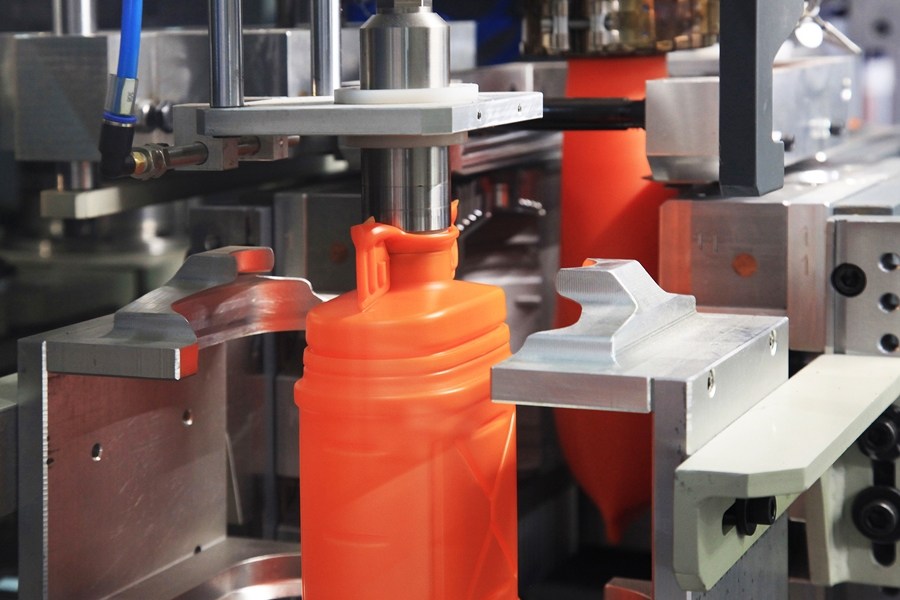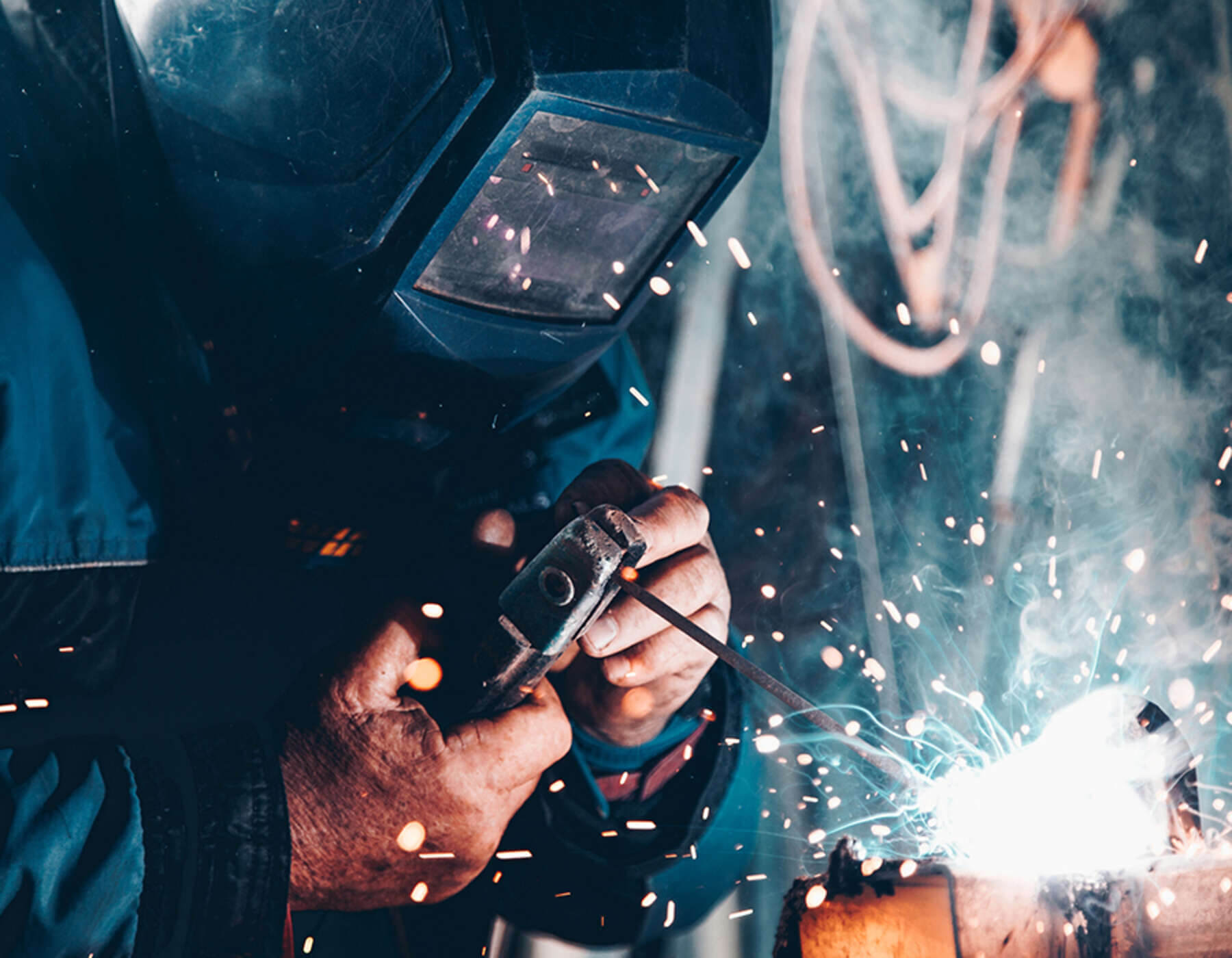
Plastic. The one material that we use across all sectors to support and build projects and product component parts – from car body parts in the automotive sector to syringes in the medical sector and children’s toys…Lego comes to mind at this point – plastic plays an important role in all industries.
Creating, shaping, and forming these plastic parts requires the fabrication process of plastic injection moulding – the most effective and efficient method if you need mass production of plastic products.
Providing high performance and reliability, we look at plastic injection moulding in more detail in this post, including how it works and its benefits.
At Morfab, we provide a one-stop shop for all your fabrication requirements, including plastic injection moulding. To learn more, go to our sheet metal fabrication page and check out our full list of available services.
Plastic injection moulding explained
Injection moulding definition – plastic parts can be produced in large volumes, allowing you to manufacture thousands of identical items.
Injection moulding is a fabrication process that uses specialist machinery to melt, inject, and set plastic into a specific mould to produce a particular product/component shape.
This particular process can produce high-volume plastic components at speed; however, it is also a process that needs rigorous control and a high level of precision from sheet metal fabricators in order to ensure high-quality finished products.
In our latest post, we also look at the process of shot blasting and the benefits of introducing this process into your manufacturing – to find out more, you can read our full post HERE.
How plastic injection moulding works
When working with sheet metal fabrication near me, they will start by analysing the mould design.
We use CAD designs and prototypes initially, so any tweaks and changes can be made before we begin creating the mould.
Creation of the mould then starts, with the mould typically manufactured from aluminium or steel, precision machined to match the CAD specifications perfectly.
Note: Aluminium moulds are not suitable for high volume or parts with small tolerances as they are prone to wear and deformation. Steel is more durable, has a longer life span, and is tougher than aluminium, however, it is more expensive.
The moulds are made from two halves. The top half is known as the cavity and is the fixed half, and the bottom half is the core and moveable.
All moulds must be able to withstand repeated high-pressure injection, and each plastic product should have its own mould.
From here, you will need to examine which plastic is most suitable for the mould design, choosing the right thermoplastic for the mould to avoid distortion, breakage, damage, or more.
This is important as each plastic’s mechanical properties make it appropriate for use in certain moulds, components, and end products.
For example, if you’re looking for high tensile strength and stability, opt for Acrylonitrile-Butadiene Styrene.
Alternatively, opt for Polycarbonate if you require a high-performance, lightweight, and stable product.
Polypropylene, if you require wear resistance or resistance to acid and bases, and polyetherimide for components placed in high temperatures, needs flame resistance, high strength, and chemical resistance.
Once the mould has been created and the plastic chosen, you then need to move the injection moulding machine. Here, the raw material (thermoplastic) is fed into the machine, where the plastic pellets begin to melt, turning pellets into molten material.
It’s essential that you maintain the correct temperature at this stage to ensure molten plastic consistency and efficiency.
Once the correct temperature and pressure are reached, the molten plastic is piped (injected) into the mould.
The mould is then held for a moment to ensure correct formation. As the plastic solidifies, you will see some shrinkage, which should be built into the design.
Finally, the mould will sit to cool and set before the mould is opened, and the piece of plastic that has been created is removed and ready for use.
In some instances, the final component may need some finishing elements, such as polishing or dying, to remove excess plastic.
Benefits of plastic injection moulding
Flexible – this process can produce various components, from simple to even the most complex and detailed parts.
Efficient – you can produce high volumes at speed, making it incredibly energy efficient.
Can scale production – you can produce large volumes quickly and repeatedly depending on demand.
Minimal waste – due to the mould created to meet your specifications and the precision of the machinery in use, minimal waste is generated.
Consistent – with controlled parameters, you can create consistent plastic components, ensuring repeated high quality.
Colour options – colour can be added to the injection moulding machinery, allowing you to create plastic components in any colour requirement.
Sheet Metal Fabricators UK
Our team are experts in the field of fabrication, creating consistently high-quality products and projects.
Starting with CAD specifications right through to finishing and delivery, we offer it all.
Our team of sheet metal fabricators has years of experience in the field of fabrication,
supporting and working on various projects and products across the country in a range of industry sectors.
If you’re looking for a team you can trust with your fabrication requirements, look no further.
Contact us today on 0191 816 2718 or drop us an email at info@morfabrication.com, and a member of our team will get back to you as soon as possible.
You might be interested to read: Plastic Injection Moulding
